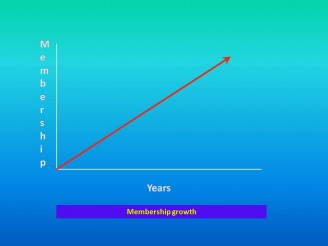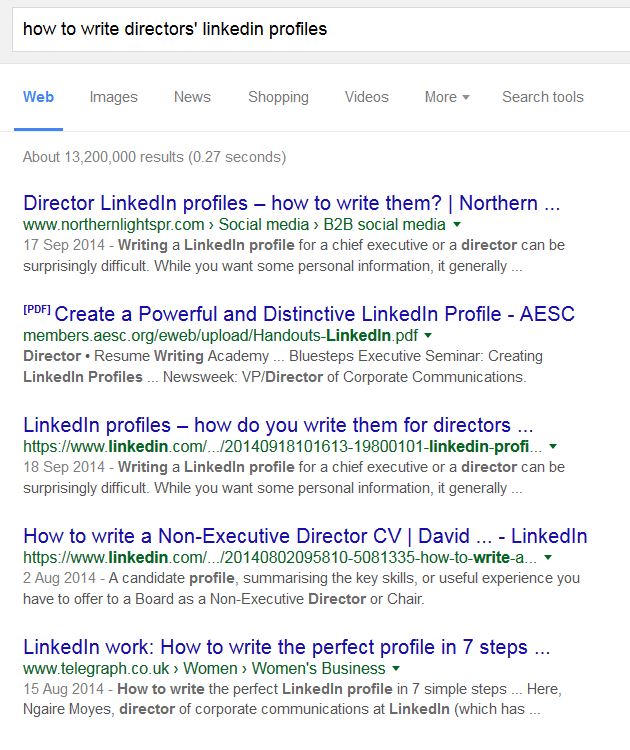7 ways for charities to increase membership
15 October 2015 By Northern Lights
 I have helped charities for most of my life – it’s how I got into PR! It is always a challenge to deliver all the things you want with limited resources; usually people and money. But in this last month I have spotted a number of opportunities that charities are missing entirely.
I have helped charities for most of my life – it’s how I got into PR! It is always a challenge to deliver all the things you want with limited resources; usually people and money. But in this last month I have spotted a number of opportunities that charities are missing entirely.
First the issues, and then my tips as to what charities could be doing. And it isn’t expensive.
I have recently been supporting several friends and relatives who’ve been diagnosed with health problems or had complications. They have been going online and finding little in the UK to help them. Typically they are finding American sites with some of the information, but never find the UK charities who have been set up to support them. One said she had searched for two weeks online and never once heard of the national charity set up for her illness with 50,000 members.
There are two reasons for this
- The charities are not thinking about the questions their members/patients are searching Google
- They are not providing answers to the questions that people are searching online
- The material they do have is often written in pdfs – usually because they just uploaded an information leaflet they had printed – and Google does not value these highly for web content. Google ranks blogs and videos higher because of their ease of use
- The website is not being updated regularly with good quality content – news items do not score highly
What Google loves is ‘rich content’ – tips, insights, videos, sharing views and experiences. These are what people want to find when they search and Google ranks this sort of content highly.
I said it is not expensive to deliver this, so how do you do it?!
- Start a blog!
WordPress is still the best platform for blogs – and it is free. Don’t worry too much about designs and faffing – it’s the video or word content that Google will search on – and the insight and information that your members will appreciate.
- Listen to your members/patients
Every time a client asks me something that they don’t understand, I write it down in my notebook as an idea for a blog. And then write the content to help them. If my clients are asking those questions, you can bet there are thousands of other people also looking for these online. And the same for charities.
Type in these questions to Google and who comes up top or nearly top? (Can you spot Northern Lights?!)
- Where should internal communications sit? Read the story behind this blog and get ideas for your charity
- How to measure the ROI of B2B social media?
- Directors’ LinkedIn profiles – how to write them
We have never paid for any traditional SEO (search engine optimisation) yet we can get top or nearly top of Google searches – across the world (we asked people in the States, China, the UAE to test these out). We are a purposely small agency and do all this ourselves. In these examples we are ahead of organisations such as LinkedIn, Marketing Week, HR Magazine, The Telegraph – they will have traffic we can never compete with. But we beat them with great content. If we can, you can get the same results.
These are very niche questions. But that’s the point. Your members will also be asking very specific questions – and those are the ones that you can help them on and will help your Google rankings.
- Write blogs to answer those questions
You don’t have to do all the writing yourself. One of the people I was helping has kidney problems and was trying to understand what a low oxalate diet is. So here are people who could write guest blogs for you (and would certainly be delighted)
- A kidney dietitian – 10 tips to stick to a low oxalate diet
- Someone who has written a recipe book on low oxalate diets
- A nurse with patient insights and reassurance it isn’t that bad and some (anonymous) stories of how patients have coped
- Produce videos to support the blogs
Google loves videos. You don’t have to get a production company in. Taking the above example, ask if you can interview a urologist at your local hospital. He or she will probably have posters on the wall or might have 3D models of the body to explain something medical. Take your smart phone, ask three questions that your patients or members want answered and press ‘record’. Then upload it to YouTube. Simple? You only want 30 second or 3 minute clips.
- Make sure your content clearly states the questions people ask
You could have sub-headings in your blog, with three or four other questions that people ask on a topic. All these will help your Google search rankings.
- Get a pop-up box on your blog
You could get a pop-up box on the blog (see examples of pop-up boxes here) saying ‘Was this information helpful? Join us here so we can help you more’
- Rewrite all your information sheets and booklets into blogs
This is called re-purposing. Take a piece of writing and start using it in lots of ways. Your existing pdfs can probably provide material for dozens of blogs. Get a patient who can write, to top and tail them.
An example could be a Q&A blog starting in a chatty tone by the patient on these lines… “One of the worst things about being newly diagnosed is that you want to know what is this, what is my outlook and what can I do to help myself. Here are the answers to your initial questions, kindly provided by Dr Smith who wrote our information leaflet on this…” then just use the questions and answers from your existing leaflet.
So there you are. Quick and easy. Our seven tips for charities to get more members.
All of the above is really engaging, your members will like this information in short digestible chunks, specifically written for them. And if you are worried about things like ‘how do I cope with all the comments’ or ‘what if people start saying awful things’ – you are worrying too much. It is really hard to get comments. You can put a filter on the blog so you have to approve comments and filter out spam and so on. Respect people who make negative comments – you can defuse these. And if you start getting loads of good quality comments – fantastic. You are engaging with your members.
Here are two more things that will help you. I wrote a book for the NHS with Victoria Betton on using social media for mental health practitioners. There are lots of examples of how charities, bloggers, doctors are using blogs and other social media – there are some really inspiring stories and examples of how to share your blogs and get patients involved. This is free to download.
And I wrote an Amazon bestselling ebook on how to write a top-ranked blog – I put everything I knew in it at the time and I still get great feedback. This isn’t free – but it is only£2.50!
Please – just do this! Honestly, I promise you it will work and the benefits will go way beyond being found on Google. Your members will love you and you will increase membership.
Good luck! And do share your stories with us @nlightspr if this helps you or you have examples of how a blog has helped a charity.




